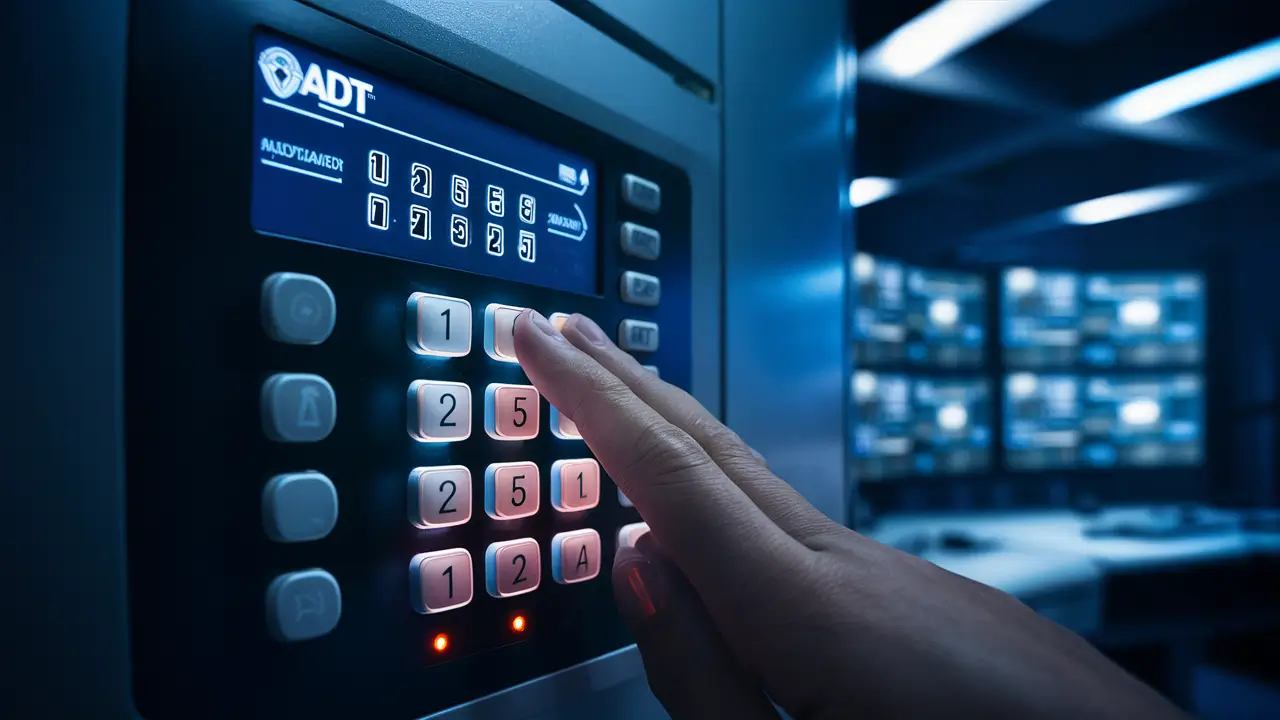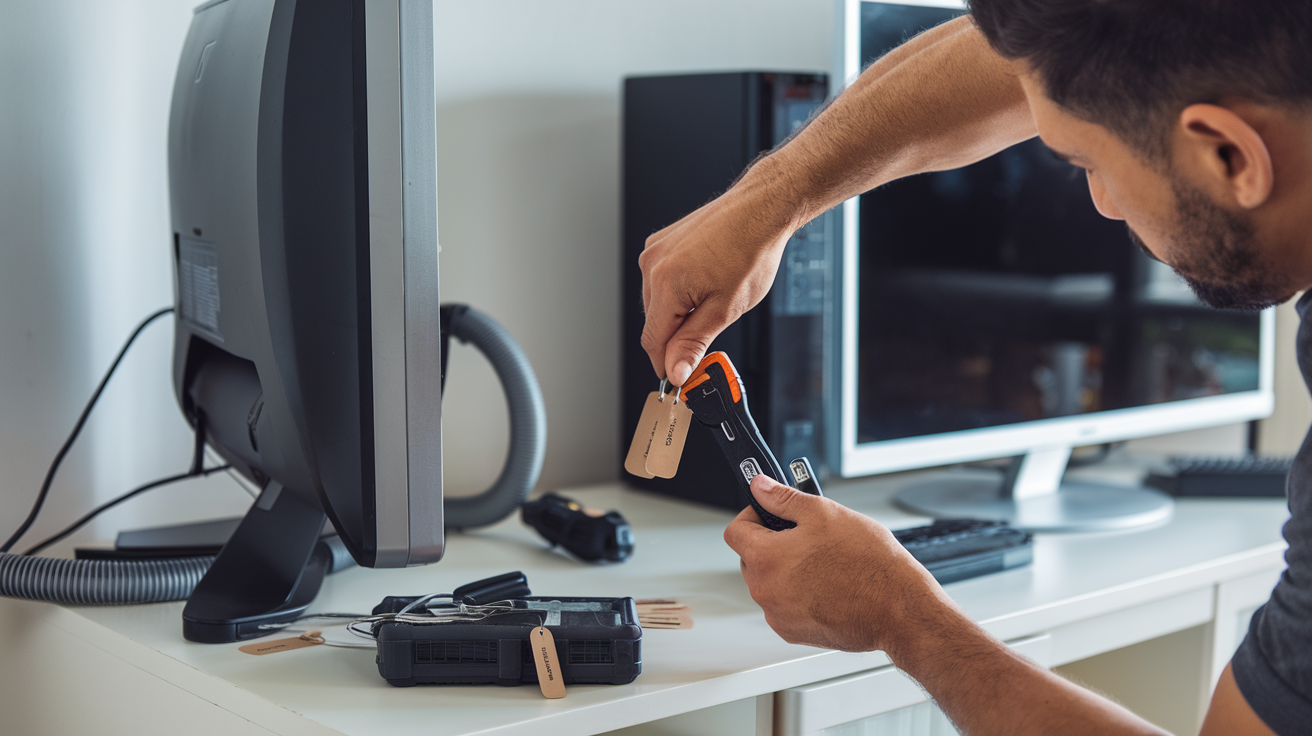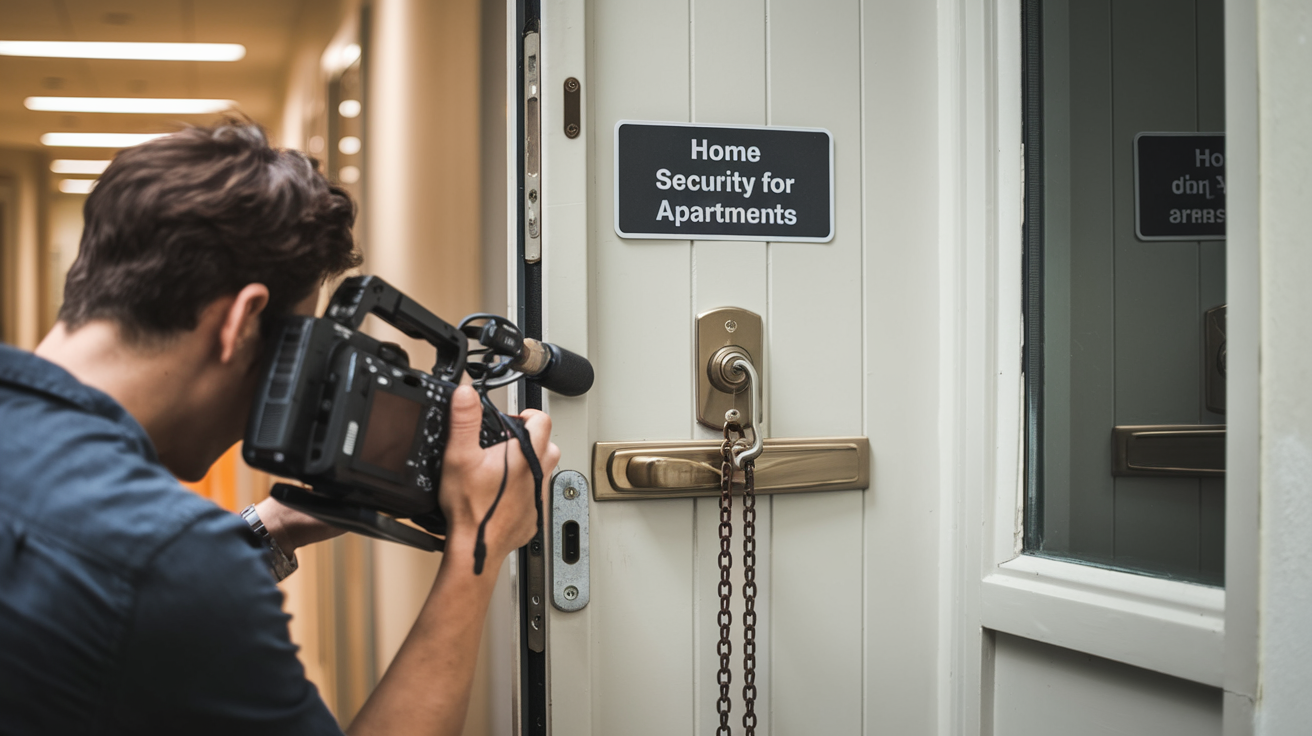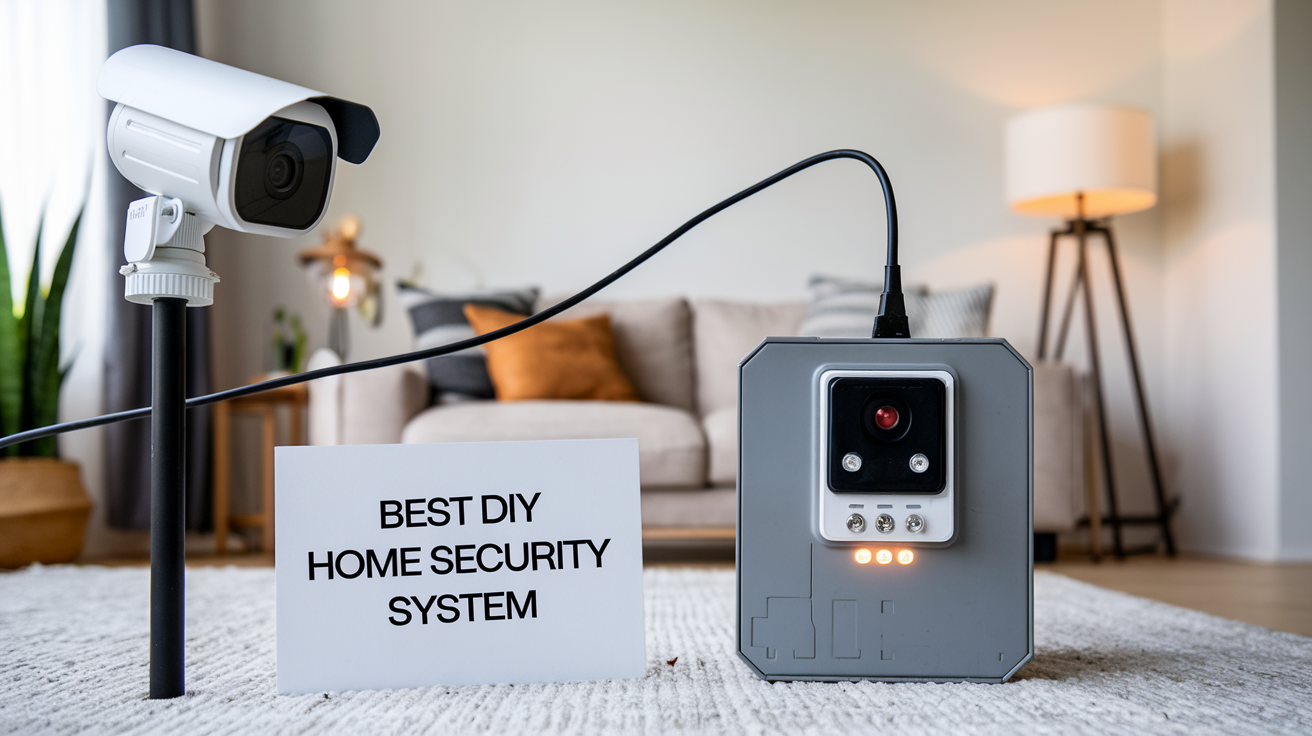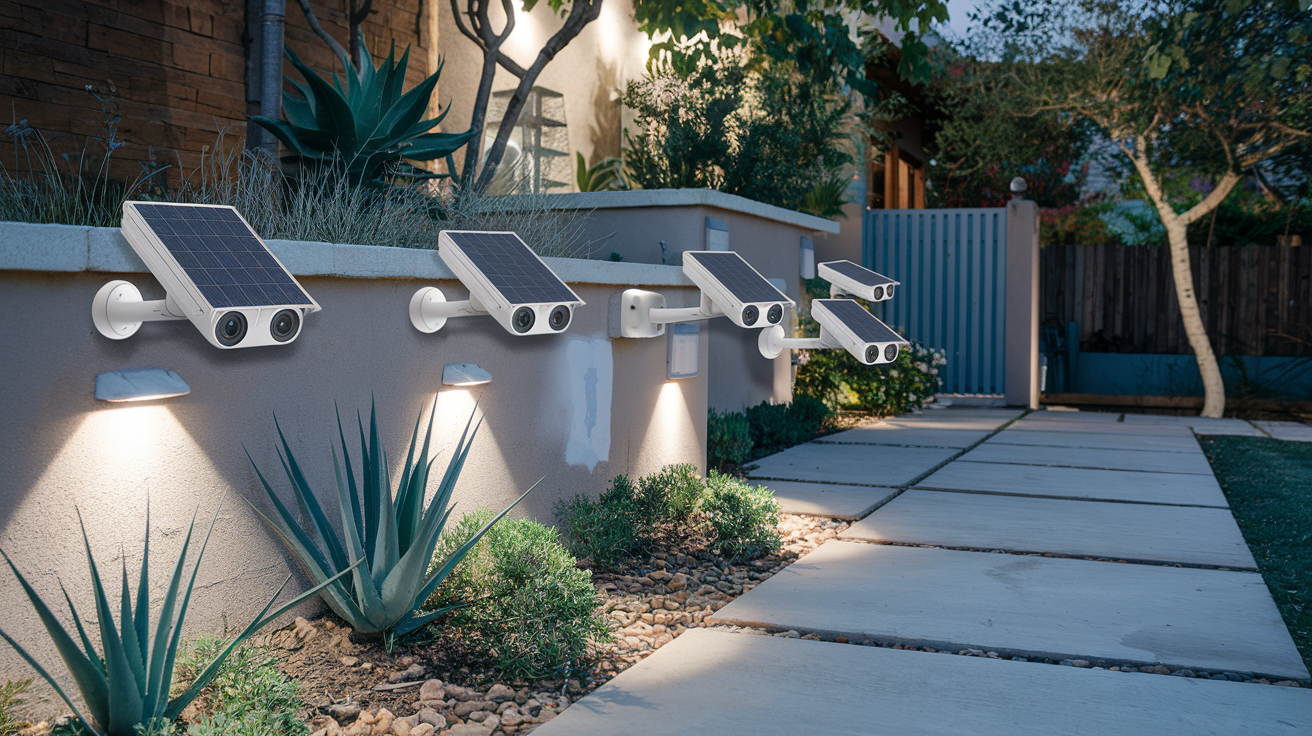ADT is among the best-selling home security systems in the market today due to its efficiency. They currently have a wide chain of accredited dealers and technicians in the country; they are also involved in continuous monitoring and emergencies of homes and business premises. The keypad is one of the features that are vital in an ADT alarm system since this is the device used to activate and deactivate the system. The rudimentary installer code or the master code is used to change the settings on the alarm and to access other superior lessons. Another key modification that ADT customers frequently require is the alteration of the primary passcode of their home security system. This passcode can be 4 digits or 6 digits and for arming/disarming the system it is required to be entered on the keypad. This code should also be changed from time to time to improve security as it is vulnerable to intruders. This article explains how one could change the alarm system keypad code of their ADT without necessarily having to engage the services of a technician. Locate the Keypad First, identify where your keypad is, so you can either move there or, if you’re already there, make yourself comfortable. A main keypad is installed inside the home, and it may be located close to the main entrance of the house. Some will also have other keypads at other parts of the home or on other floors as will be discussed below. Determine the first keypad that has written labels or stickers to indicate that it is primarily used to manage the alarm system’s operations. Earlier ADT models come with non-illuminated alphanumeric keypads while the modern versions come with high touch-sensitive backlit keypads. Of course, there is not a great deal of difference when it comes to altering a code for either a standard keypad or other types of keypad. Enter Program Mode Before one can make changes to the settings in an ADT alarm system, it must first be placed in a programming mode. To do this, you need to input your 4 or 6-digit master code or installer code then press # after the code is input. It should now set the system keypad into program mode – the LED light will turn red, or you will see a text or an icon depending on the keypad model. If you are using the keypad with the touchscreen, then you should press the tool icon to access the menu. In the software, go to the menu bar click on the tool icon, and then select the Change Master Code Option. The options are not very intuitive and to get to the change master passcode option, you have to navigate through different levels of the keypad programming menus. In this step, you are required to move to the option that says User Settings then finally get to Master Code. On any multi-function touchscreen keypad, select the Master Code menu option without further interaction. Establish A New Master Code You will now be asked to type your new 4/ 6-digit master code. If changing the passcode, enter the new passcode for arming/disarming the system on the keypad and press the Done or Save button. This will be followed by a beep or message that will inform the user that a new code has been created in the system. This finishes off the basic code change. Optional: Add/Change User Codes In program mode in most cases, you are provided with an option of entering secondary user codes or modifying default secondary codes. These secondary codes can also be given to other household members, which will make it easier for the family to monitor the health of the patient. To modify or add other User Codes, rewind to step three, but this time, choose the User Codes menu to set up specific passcodes for other users. Four digits are often enough for the secondary codes for family members, which are used in the secondary codes. Exit Program Mode After all programming changes have been made you have to take the keypad out of program mode and this is done by entering the key * * * + 0. This is a step that may easily be overlooked so make sure not to neglect it! Press the star * key again on the keypad until a tone is heard and a normal keypad or home screen with program mode light/icon is not displayed again. Test New Master Code The last but most crucial practice is to use the new master code in practice to identify any issues and challenges faced during its implementation. Start the system with all arms and then turn it off fully using the new master code that you have been assigned. It will be advisable to repeat this test 2-3 times over the next few days just to ensure that the new code functions as expected in controlling the system. If you experience any difficulties at this stage, then you may have to redo steps 2 through 6. Additional Tips Here are some additional tips when changing your ADT alarm keypad master code:
- It is recommended that you avoid using your birthday phone number or even a simple set of numbers for the master code. Try to select an arbitrary code so that no other person may predict the code easily.
- Make sure that you type the unique new code in step 4 and ensure you are asked to type the new code for confirmation. Incorporation of mismatch will reverse the change.
- Master codes for an ADT can be 4 or 6 digits long. If you are unsure, you can always contact an ADT representative and ask about the length of the monitoring.
- It is recommended that you keep your master code safe and secure to use in the event of an emergency such as data loss. Writing: Avoid using information that you remember.
- In case your system uses wireless key fobs for arming or disarming, program them so that they are in tune with the new code as the keypad instructions direct. The process of rewiring the ADT alarm system master code on your own is quite easy, it can be done by accessing the keypad menu. Learn the steps mentioned in this article correctly and establish a new code at times as a safety measure for the house.
